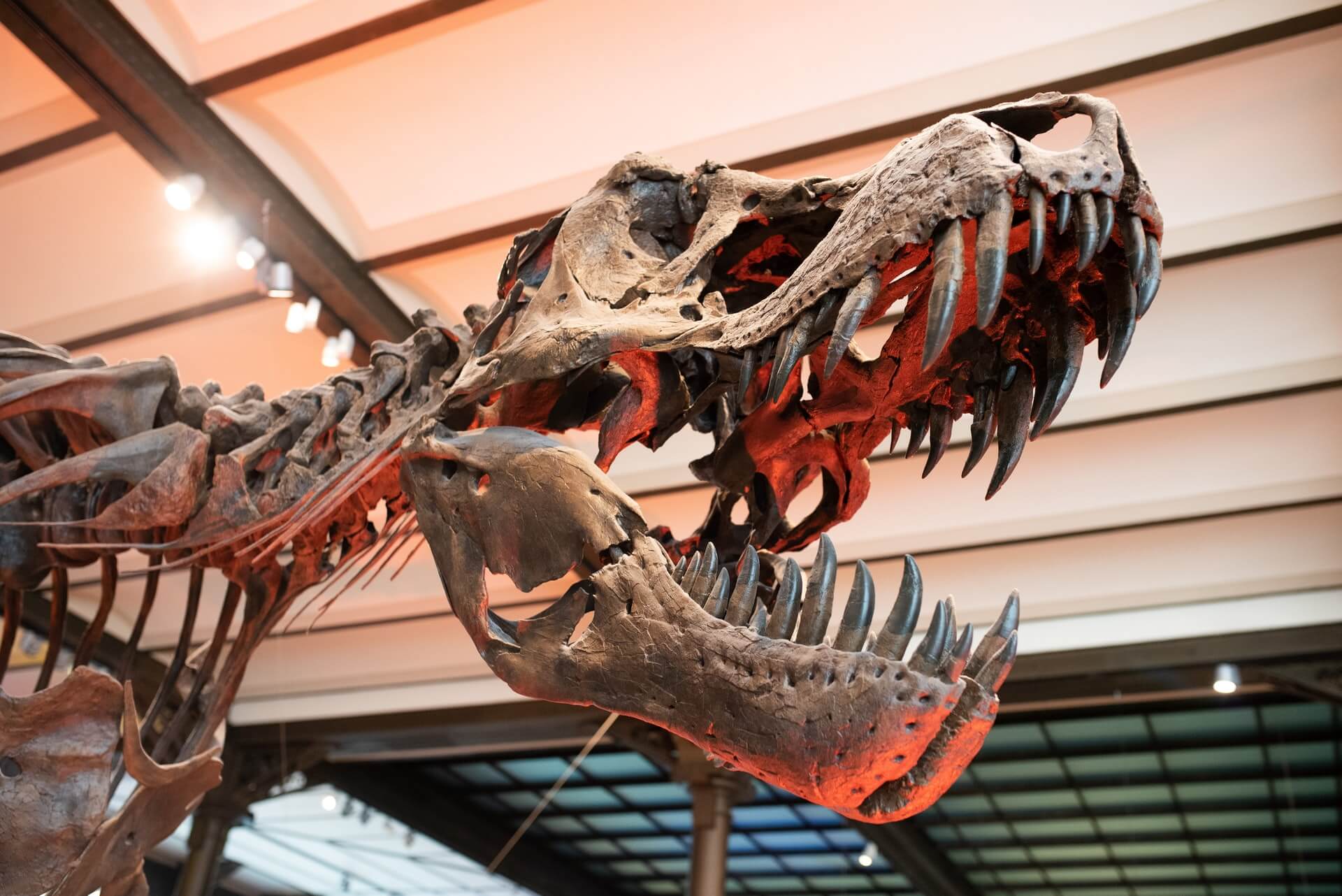The fascination for dinosaurs and their life on the planet before us has always been in the spotlight, and T-rex is one of the most popular. And what is the most recognizable of them if not the king of the dinosaurs as we have named him, Tyrannosaurus Rex?
Ever since we have unearthed the creature’s bones in 1900 and let it peek into our world for the first time, T-rex has captivated the imagination. So many years have been dedicated to studying it and it has crystalized forever in our minds in the various movie adaptation, Jurassic Park especially.
Ancient natural habitat
Today studies still bring forth new tidbits about the tyrannical lizard. The terrifying dinosaur in Jurrasic Park, inspired fear into us. We know it lived 66 to 68 million years ago, in the now Western side of the United States, and was the biggest carnivorous dinosaur.
The sheer size of the T-rex posed many questions about its movement throughout the years. Scientists have estimated it to be 3.6 meters tall, 12 meters long, and weighing somewhere between 5000 to 7000 kilograms. All these sizes were taken from all the specimens gathered over the years.
All in the tail
Estimations based on the size of the hips and legs as well as fossilized track lengths were used in the past. It gave an idea of the locomotion and speed of the T-Rex, but it may have painted an incomplete picture. Its tail now came into play to show how it might have influenced the waking process of the Tyrannosaurus. The huge tail suspended by ligaments has been restored from a 12-meter long specimen fondly named “Trix”.
The weight of the tail only is 1000 kilos. This weight joins in the vertical bounce while walking contributing to the rhythm of the steps. This contributes to the overall locomotion. Previously it was believed that the bones of T-Rex might restrict speed. Now it is revealed that the flexible tail acted as a shock dampener. This allowed it to run faster and not break its bones
Slower than we thought
All that combined with a biomechanical model of the tail revealed that T-rex had an average walking speed of 4.6 km/h. This is far slower than previously believed. A T-Rex’s running speed was also estimated to be between 16 to 40 km/h. Thus the Jurassic Park jeep would have easily outrun the T-Rex. The walking speed itself seems to match many other animals alive now, like horses, elephants, ostrich, and even humans.
Details
Understanding the process of how a T-Rex moved is important for various reasons. For one, to understand how far it would travel for food, and for the second to see how much it ate. This behavior also can show what impact it had on the ecosystem.
Curiosity abounds concerning dinosaurs, T-Rex in particular, and we may see more discoveries yet to come. Every little detail we can find shall add to the growing research about our world.



Leave a Comment